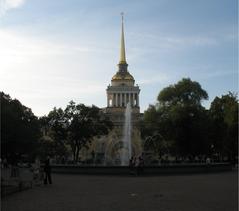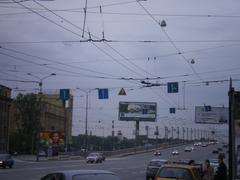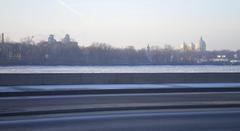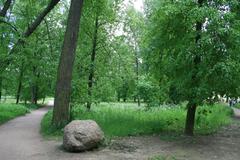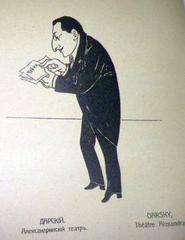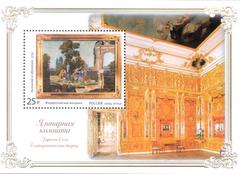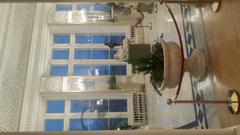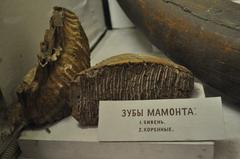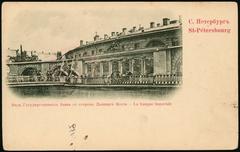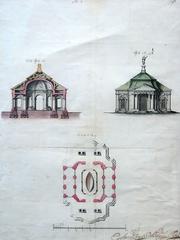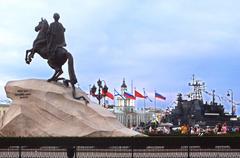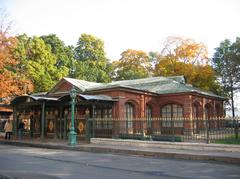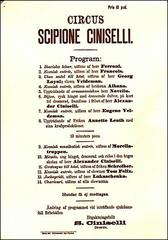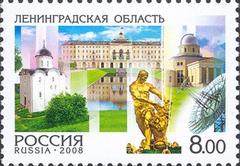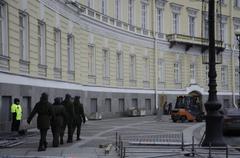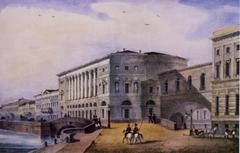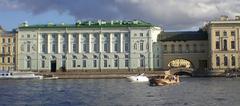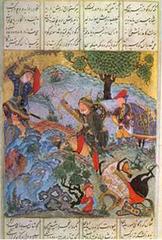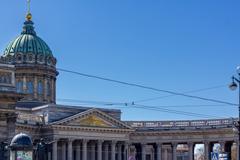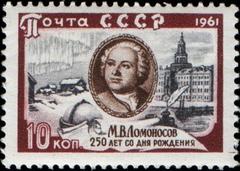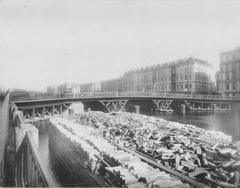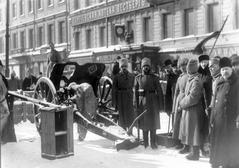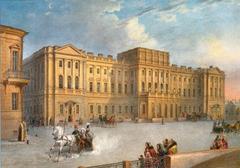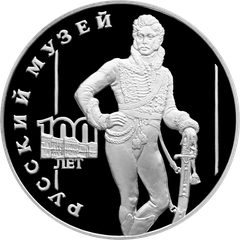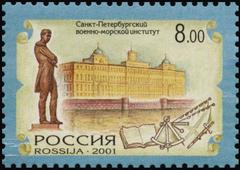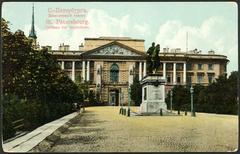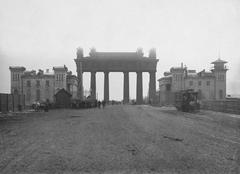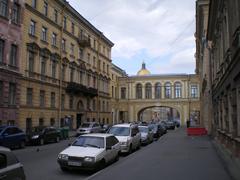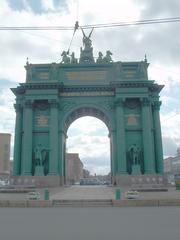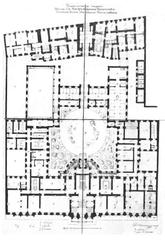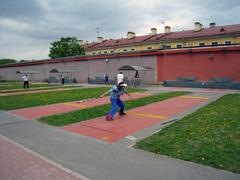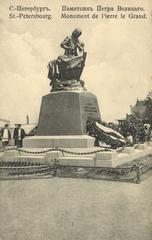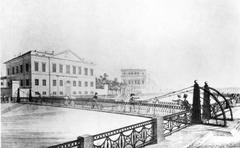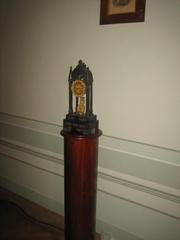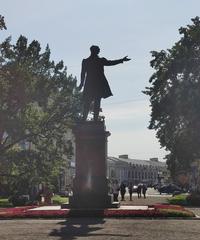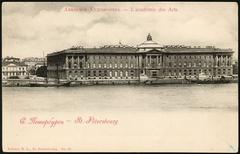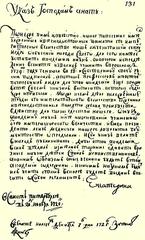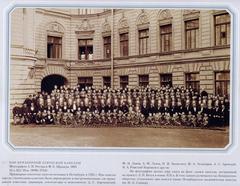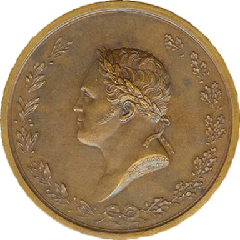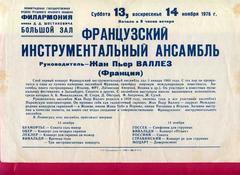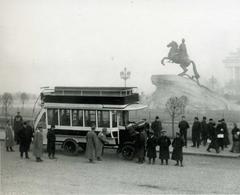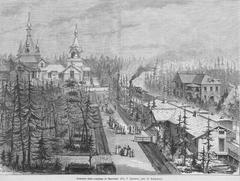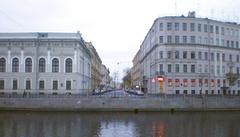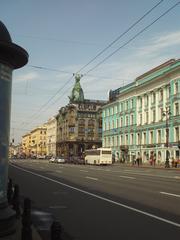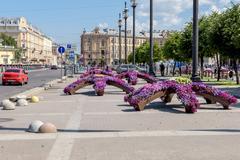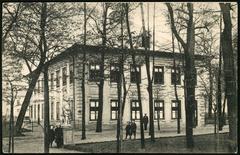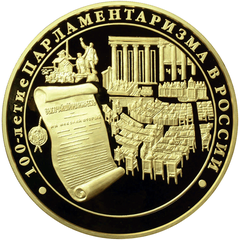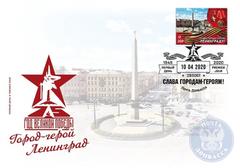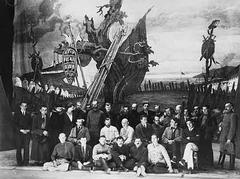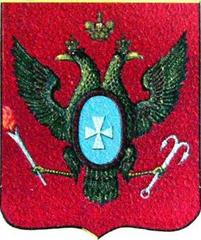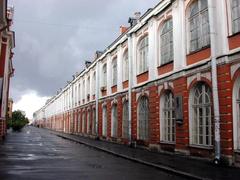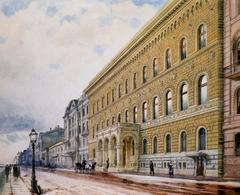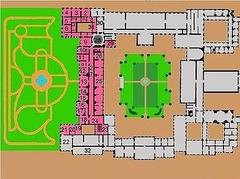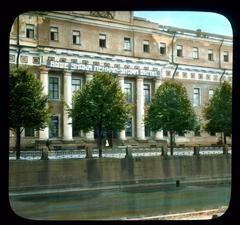Comprehensive Guide to Visiting the Monument to the Heroic Defenders of Leningrad, Saint Petersburg, Russia
Date: 18/07/2024
Introduction
The Monument to the Heroic Defenders of Leningrad, or Монумент героическим защитникам Ленинграда, stands as a profound testament to the resilience and bravery displayed by the citizens and soldiers of Leningrad (now Saint Petersburg) during one of the darkest periods of World War II. Located in Victory Square (Ploshchad Pobedy), the monument commemorates the 872-day Siege of Leningrad, which lasted from September 8, 1941, to January 27, 1944. The siege is remembered as one of the longest and most devastating in history, resulting in the deaths of an estimated 1.5 million people due to starvation, bombardment, and combat (History.com) (Russia Beyond).
The monument’s design and construction were spearheaded by prominent Soviet architects and sculptors, including Sergey Speransky, Mikhail Anikushin, and Valentin Kamensky. It was unveiled in 1975 to mark the 30th anniversary of the victory over Nazi Germany. The central obelisk, standing at 48 meters tall, is surrounded by bronze sculptures depicting the soldiers, workers, and civilians who played crucial roles in the city’s defense (Saint Petersburg.com).
Beneath the monument lies the Memorial Hall, an underground museum dedicated to preserving the memory of the siege. The hall contains artifacts, photographs, and personal accounts that offer visitors a poignant and immersive experience of the trials and triumphs experienced by Leningrad’s defenders. The continuous audio recording of a metronome, symbolizing the heartbeat of the city, adds to the emotional depth of the visit (Leningrad Siege Museum).
This comprehensive guide aims to provide visitors with detailed information about the monument’s historical context, architectural significance, and practical visitor tips to ensure a meaningful and enriching experience.
Table of Contents
- [Historical Background](#historical-backgroundhistorical-background)
- [Siege of Leningrad](#siege-of-leningradsiege-of-leningrad)
- [Construction of the Monument](#construction-of-the-monumentconstruction-of-the-monument)
- [Architectural Features](#architectural-featuresarchitectural-features)
- [The Memorial Hall](#the-memorial-hallthe-memorial-hall)
- [Significance and Legacy](#significance-and-legacysignificance-and-legacy)
- [Visitor Experience](#visitor-experiencevisitor-experience)
- [Visitor Information](#visitor-informationvisitor-information)
- [Preservation and Maintenance](#preservation-and-maintenancepreservation-and-maintenance)
- [Frequently Asked Questions (FAQ)](#frequently-asked-questions-faqfrequently-asked-questions-faq)
- [Conclusion](#conclusionconclusion)
- [Call to Action](#call-to-actioncall-to-action)
- [References](#referencesreferences)
Historical Background
Siege of Leningrad
The Monument to the Heroic Defenders of Leningrad commemorates the resilience and sacrifice of the citizens and soldiers during the Siege of Leningrad, one of the most harrowing episodes of World War II. The siege, which lasted from September 8, 1941, to January 27, 1944, spanned 872 days, making it one of the longest and most destructive sieges in history. The city, now known as Saint Petersburg, was encircled by Nazi German forces, cutting off all supply routes and subjecting its inhabitants to extreme starvation, cold, and relentless bombardment. The siege resulted in the deaths of an estimated 1.5 million people, including both civilians and soldiers (History.com).
Construction of the Monument
The idea to erect a monument to honor the defenders of Leningrad was conceived shortly after the end of World War II. However, it wasn’t until the 30th anniversary of the siege’s end, in 1974, that the monument was officially unveiled. The design and construction were overseen by prominent Soviet sculptors and architects, including Sergey Speransky, Mikhail Anikushin, and Valentin Kamensky. The monument is strategically located in Victory Square (Ploshchad Pobedy), a significant site that symbolizes the city’s resilience and triumph over adversity (Saint Petersburg.com).
Architectural Features
The monument is a striking example of Soviet monumental art and architecture. It features a central obelisk standing 48 meters tall, symbolizing the city’s indomitable spirit. Surrounding the obelisk are bronze sculptures depicting soldiers, workers, and civilians, each representing different facets of the city’s defense and endurance. The sculptures are arranged in a circular formation, emphasizing unity and collective effort. The base of the monument is adorned with reliefs and inscriptions that narrate the story of the siege and pay tribute to the fallen heroes (Russia Beyond).
The Memorial Hall
Beneath the monument lies the Memorial Hall, an underground museum dedicated to the Siege of Leningrad. The hall houses a collection of artifacts, photographs, and personal accounts that provide a poignant and immersive experience of the siege. Visitors can see items such as ration cards, military uniforms, and personal belongings of the city’s residents. The hall also features a continuous audio recording of a metronome, symbolizing the heartbeat of the city during the siege. This metronome was broadcast on Leningrad radio during the siege to assure the citizens that the city was still alive (Leningrad Siege Museum).
Significance and Legacy
The Monument to the Heroic Defenders of Leningrad serves as a powerful reminder of the human capacity for resilience and solidarity in the face of unimaginable hardship. It stands not only as a tribute to those who perished but also as a symbol of the enduring spirit of the people of Leningrad. The monument is a focal point for commemorative events, particularly on January 27, the anniversary of the siege’s end, and May 9, Victory Day in Russia. These events draw thousands of visitors, including veterans, descendants of the siege survivors, and tourists from around the world (Russia Beyond).
Visitor Experience
For those planning to visit the Monument to the Heroic Defenders of Leningrad, it is advisable to allocate sufficient time to explore both the outdoor sculptures and the Memorial Hall. The site is accessible via public transportation, with the nearest metro station being Moskovskaya. Guided tours are available and highly recommended for a deeper understanding of the historical context and significance of the monument. Additionally, visitors should be prepared for emotional and reflective moments, as the exhibits and stories presented in the Memorial Hall are profoundly moving (Visit Petersburg).
Visitor Information
- Visiting Hours: The monument and Memorial Hall are open daily from 10:00 AM to 6:00 PM.
- Tickets: Admission to the outdoor monument is free. Tickets for the Memorial Hall can be purchased on-site or online through the official website. Prices vary, with discounts available for students and seniors.
- Accessibility: The site is wheelchair accessible, with ramps and elevators available for those with mobility issues.
- Nearby Attractions: Visitors can explore other historical sites nearby, such as the Narva Triumphal Arch and the Chesme Church, both of which are within a short distance from the monument.
- Special Events: The monument hosts various commemorative events throughout the year, including guided tours, historical reenactments, and educational workshops.
- Photographic Spots: The central obelisk and surrounding sculptures provide excellent opportunities for photography, particularly during sunrise and sunset.
Preservation and Maintenance
The monument is maintained by the city of Saint Petersburg, with ongoing efforts to preserve its structural integrity and historical accuracy. Regular maintenance ensures that the sculptures and inscriptions remain in pristine condition, allowing future generations to appreciate and learn from this significant historical site. The city also collaborates with historians and veterans’ organizations to update and expand the exhibits in the Memorial Hall, ensuring that the legacy of the siege is preserved and honored (Saint Petersburg Administration).
Frequently Asked Questions (FAQ)
- What are the visiting hours for the Monument to the Heroic Defenders of Leningrad? The monument and Memorial Hall are open daily from 10:00 AM to 6:00 PM.
- How much are tickets for the Monument to the Heroic Defenders of Leningrad? Admission to the outdoor monument is free. Tickets for the Memorial Hall can be purchased on-site or online, with discounts available for students and seniors.
- Is the Monument to the Heroic Defenders of Leningrad wheelchair accessible? Yes, the site is wheelchair accessible with ramps and elevators.
- Are there guided tours available? Yes, guided tours are available and highly recommended for a deeper understanding of the monument’s historical context.
- What nearby attractions can I visit? Nearby attractions include the Narva Triumphal Arch and the Chesme Church.
Conclusion
The Monument to the Heroic Defenders of Leningrad is not just a historical landmark; it is a powerful symbol of human resilience, unity, and the enduring spirit of the people who withstood the harrowing Siege of Leningrad. The monument’s architectural grandeur, combined with its deeply symbolic elements and the poignant exhibits in the Memorial Hall, offers visitors a profound and immersive experience that honors the sacrifices made by Leningrad’s defenders. Annual commemorations and educational programs ensure that the legacy of the siege is preserved and passed down through generations, making the monument a vital part of Saint Petersburg’s cultural and historical landscape (Russia Beyond).
For those planning a visit, the monument provides a deeply moving insight into one of World War II’s most significant events. Whether exploring the outdoor sculptures, reflecting at the Eternal Flame, or delving into the personal stories within the underground museum, visitors will gain a profound appreciation for the resilience and courage of the people of Leningrad. As you plan your visit, consider the practical tips and visitor information provided in this guide to make the most of your experience.
Call to Action
Plan your visit to the Monument to the Heroic Defenders of Leningrad today and immerse yourself in a poignant chapter of history. Follow us on social media for more updates on Saint Petersburg’s historical sites and events.
References
- History.com. (n.d.). Siege of Leningrad. Retrieved from https://www.history.com/topics/world-war-ii/siege-of-leningrad
- Russia Beyond. (n.d.). Monuments of WWII in Saint Petersburg. Retrieved from https://www.rbth.com/travel/331019-monuments-wwii-saint-petersburg
- Saint Petersburg.com. (n.d.). Monument to the Heroic Defenders of Leningrad. Retrieved from https://www.saint-petersburg.com/monuments/monument-to-the-heroic-defenders-of-leningrad/
- Leningrad Siege Museum. (n.d.). Retrieved from https://www.spbmuseum.ru/themuseum/museum_complex/museum_of_the_defense_and_siege_of_leningrad/
- Russia Beyond. (n.d.). What you should know about the Siege of Leningrad. Retrieved from https://www.rbth.com/history/332759-siege-of-leningrad-what-you-should-know
